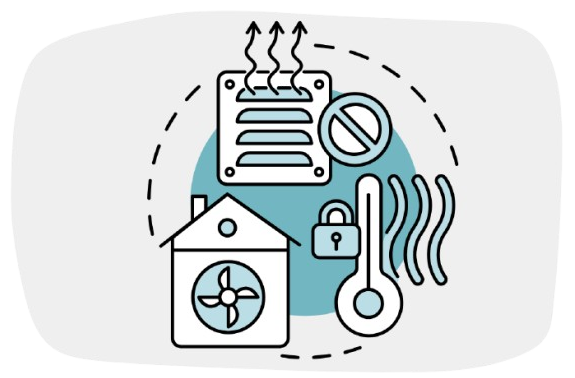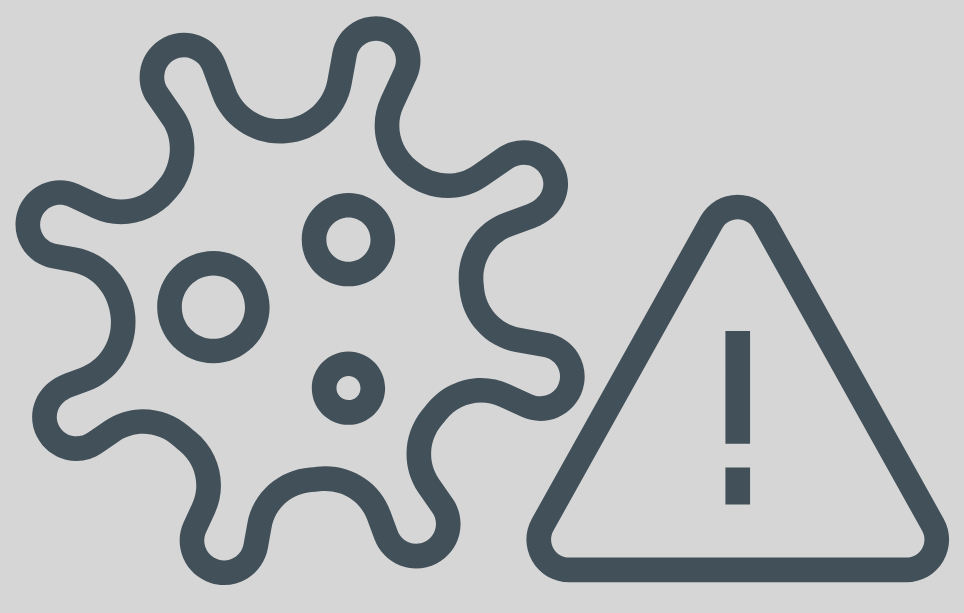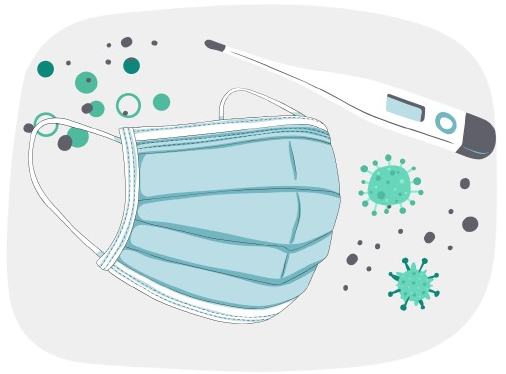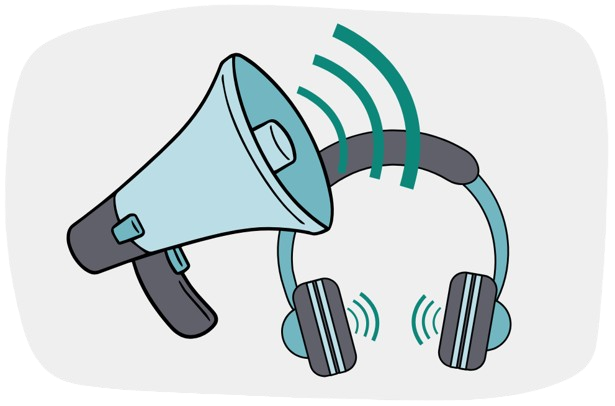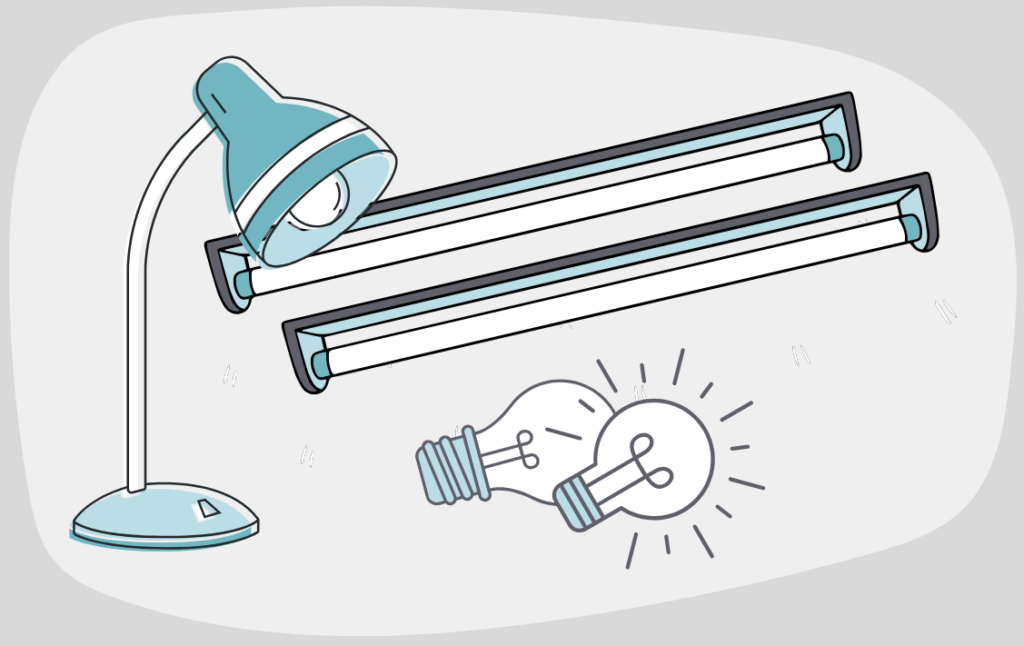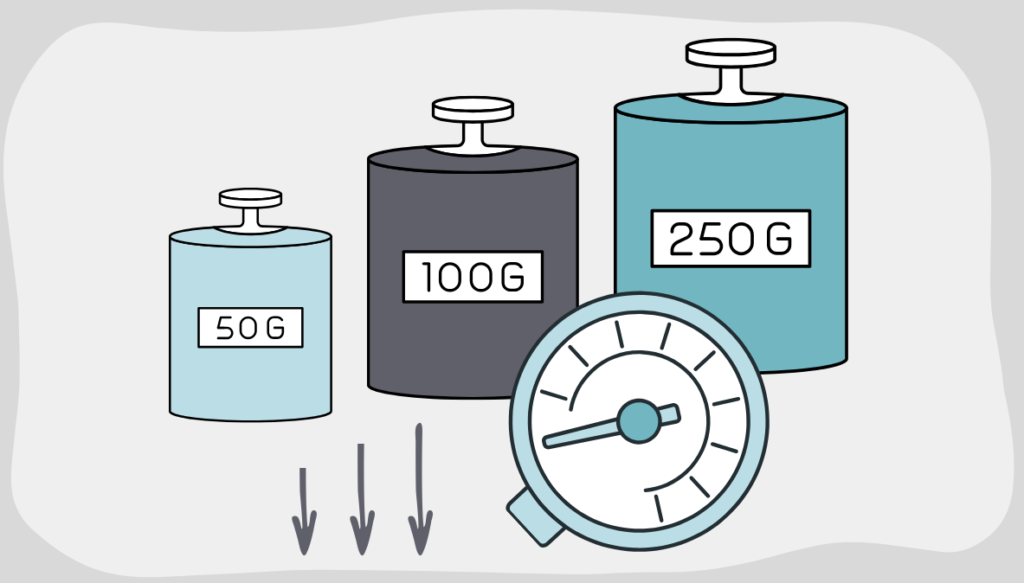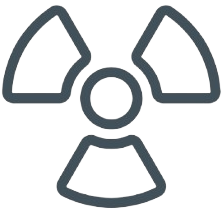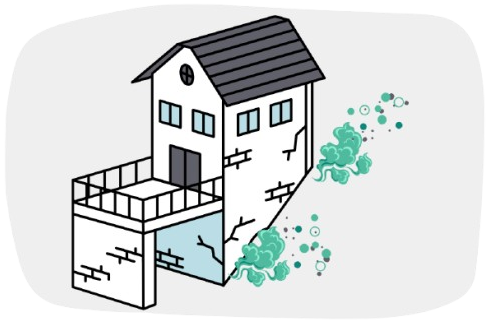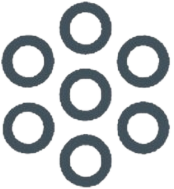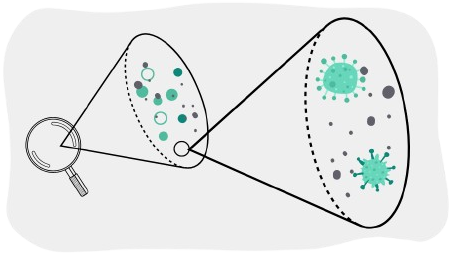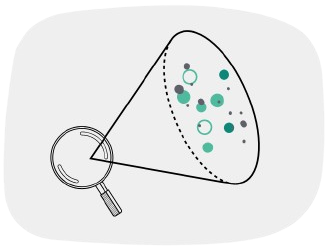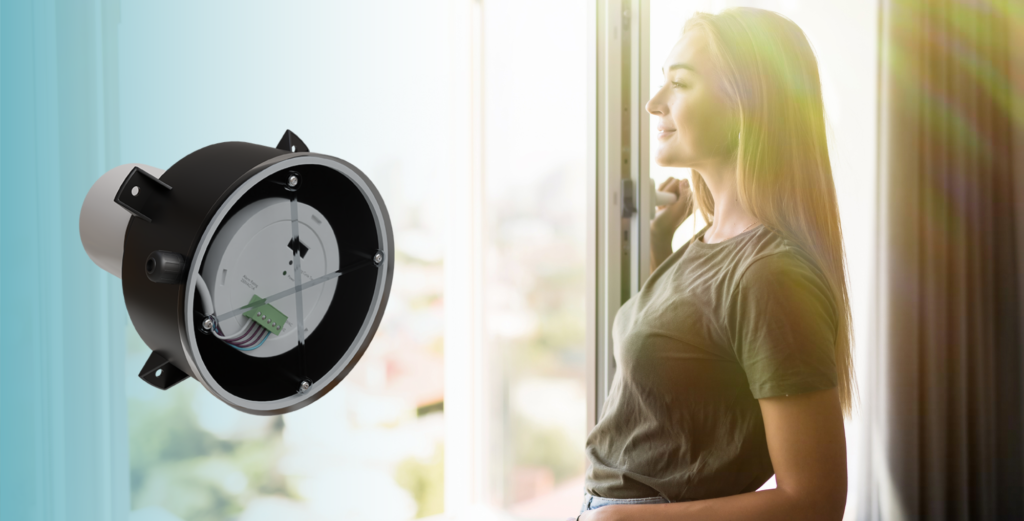
Breathe Clean Air for the Next Decade
In partnership with Nu-Calgon©
Dust, smoke, odors, and airborne pathogens often go unnoticed. CidSense’s Ionization solution integrates with your HVAC system, using advanced bipolar ionization to purify the air for a cleaner, healthier indoor space.
Ionize with the iWave-C
Installed in the AC ducts, The iWave-C is a self-cleaning bipolar ionization generator designed to actively improve air quality in buildings without requiring replacement parts like competing UV lights or ionizers.
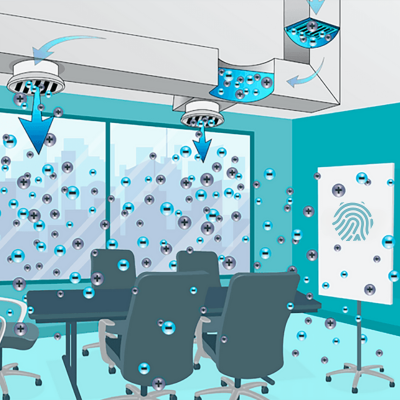
Specifications
Input Voltage: 24VAC to 240VAC Power (VA): 12 VA Frequency: 50/60 HZ System Size: Up to 12 tons (4800 CFM)* Ion Output: 200 millions ions/cc per polarity (400 million total ions/cc) Dimensions: 4” W x 7” H x 7” L Weight: 3 lbs. Electrical Approvals: UL and cUL certified Service Temp. Range:-40ºF to 160ºF Waterproof Rating NEMA 4X
The iWave delivers exceptional ionization output, emitting positive and negative ions as air passes through, which reduces bacteria, viruses, smoke, odors (e.g., cooking, pets, VOCs), and airborne particles.
The iWave-C is designed for light commercial systems up to 12 tons (4800 CFM) and requires no maintenance or replacement parts throughout its lifespan.
It can be duct-mounted indoors or outdoors and consistently delivers 400 million ions/cc, surpassing competing solutions.
Key features include a programmable self-cleaning cycle, waterproof housing, a digital display for on-site monitoring, and an integral alarm contact for remote monitoring.
How Bipolar Ionization Works
Bipolar ionization is a powerful yet simple process that cleans and purifies the air:
Ion
Release
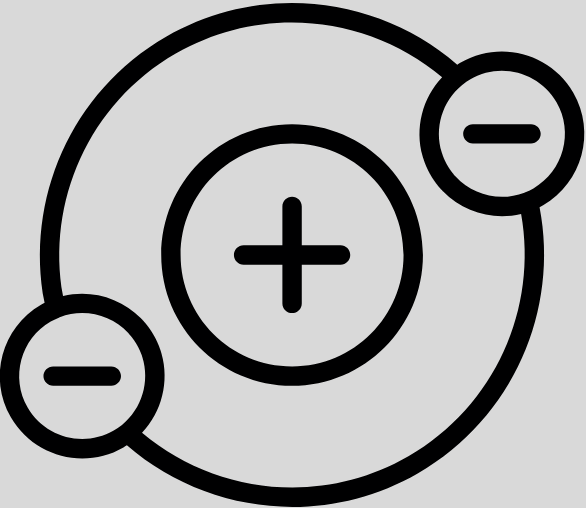
The iWave-C emits positive and negative ions into the airflow.
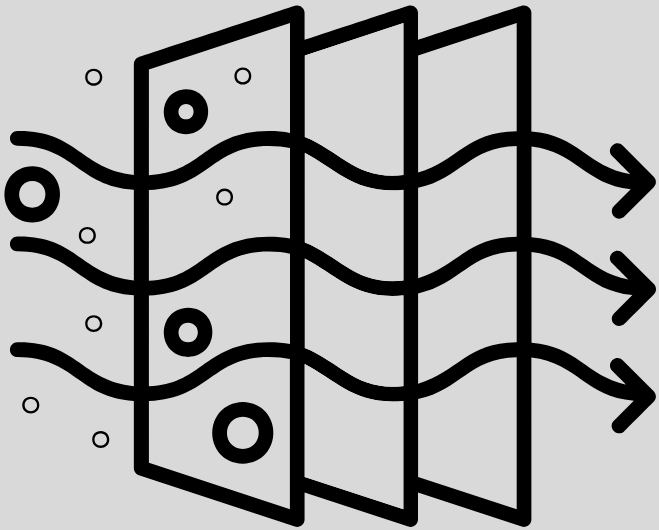
Air
Treatment
These ions attach to airborne particles like dust, allergens, bacteria, viruses, and odors.
Particle
Neutralization

The ions break down harmful pollutants, neutralizing viruses and bacteria while causing smaller particles to cluster together for easier filtration.
Fresh,
Clean Air

As treated air circulates, it reduces odors, smoke, and irritants, delivering healthier and fresher air to your space.
Get the Full Picture – Watch to Learn More!
This ongoing process enhances air quality without generating harmful byproducts like ozone. Watch this video to fully understand the impact of ionization.
Features of the iWave-C
- Patented Self Cleaning Design
- Meets UL 867 Ozone Requirements
- 10 Year Life Span
- No Replacement Parts
- Easy Duct-Mount Installation
- One Device Covers up to 12 Tons
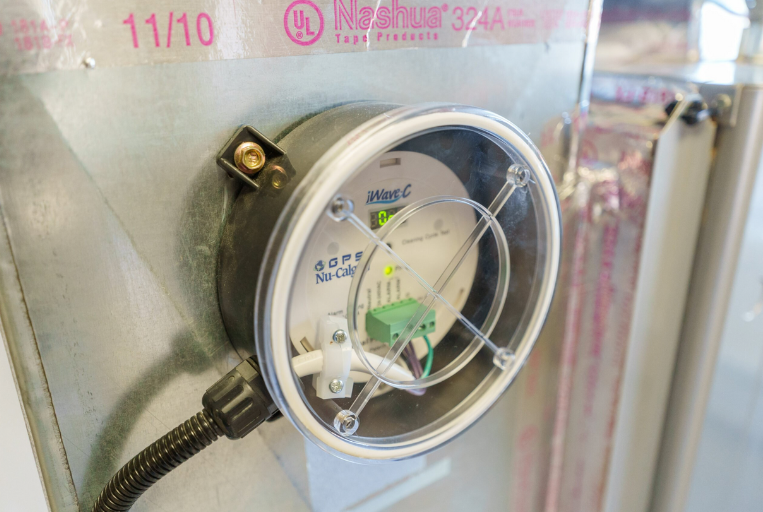
Performance Data
Airborne Organisms
The iWave-C is designed to work with air handling systems to deliver the benefits of ionization. These tests measure the reduction of certain viruses and bacteria through a combination of in-air testing and surface testing. Measurements of the specimen are taken at regular intervals and compared to a control without the introduction of ionization. All tests were run using proprietary NPBI technology and conducted in third party laboratories.
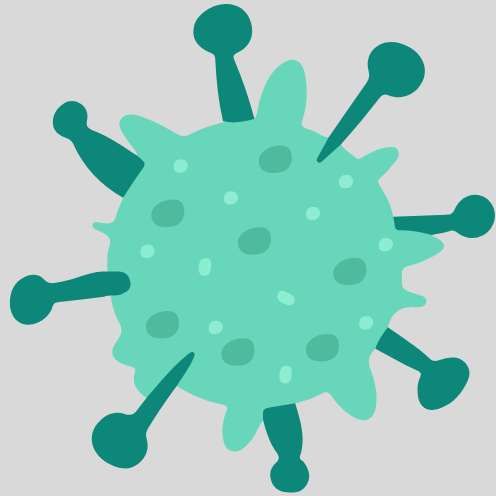
Covid-19
98.33% Reduction
after 60 minutes with -18,000 Avg.
Ion Density
(Negative Ions /CC)
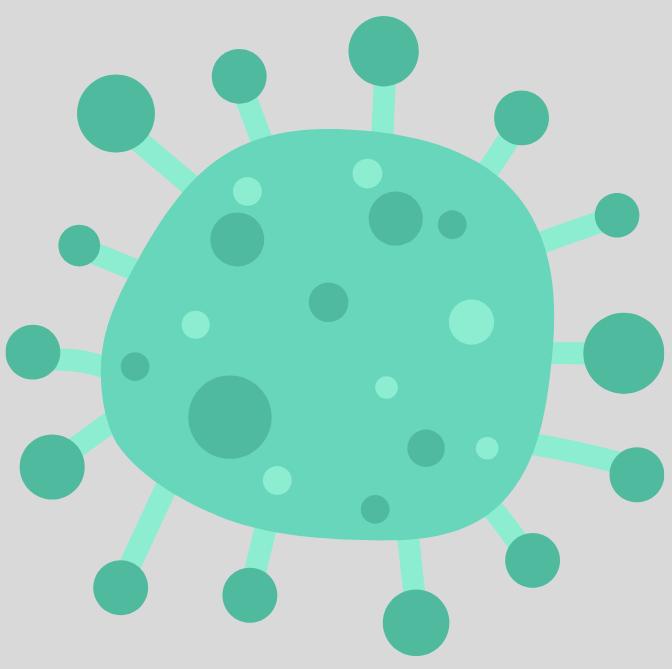
Influenza A
84.53% Reduction
after 60 minutes with -22,000 Avg.
Ion Density
(Negative Ions /CC)

RSV
94.71% Reduction
after 60 minutes with -18,000 Avg.
Ion Density
(Negative Ions /CC)
Surface Organisms
These ionization tests measure the reduction of certain airborne viruses and bacteria by aerosolizing a test specimen into a large biosafety test chamber (BSL2 or BSL3) and suspending it in the air using mixing fans. Measurements of the specimen are taken at regular intervals and are compared to a control without the introduction of ionization.

Covid-19
99.98% Reduction
after 60 minutes with -23,000 Avg.
Ion Density
(Negative Ions /CC)

Staphylococcus Aureus
91.55% Reduction
after 60 minutes with -14,000 Avg.
Ion Density
(Negative Ions /CC)

E.coli
86.36% Reduction
after 60 minutes with -14,000 Avg.
Ion Density
(Negative Ions /CC)

MRSA
86.36% Reduction
after 60 minutes with -14,000 Avg.
Ion Density
(Negative Ions /CC)
Ready to
Breathe
Cleaner
Air?
Discover how Ionization can transform your environment. Fill out the form below to learn more, request a demo, or get a personalized consultation. Let’s create healthier, smarter spaces together!
Ready to
Breathe
Cleaner
Air?
Discover how Ionization can transform your environment. Fill out the form below to learn more, request a demo, or get a personalized consultation. Let’s create healthier, smarter spaces together!


